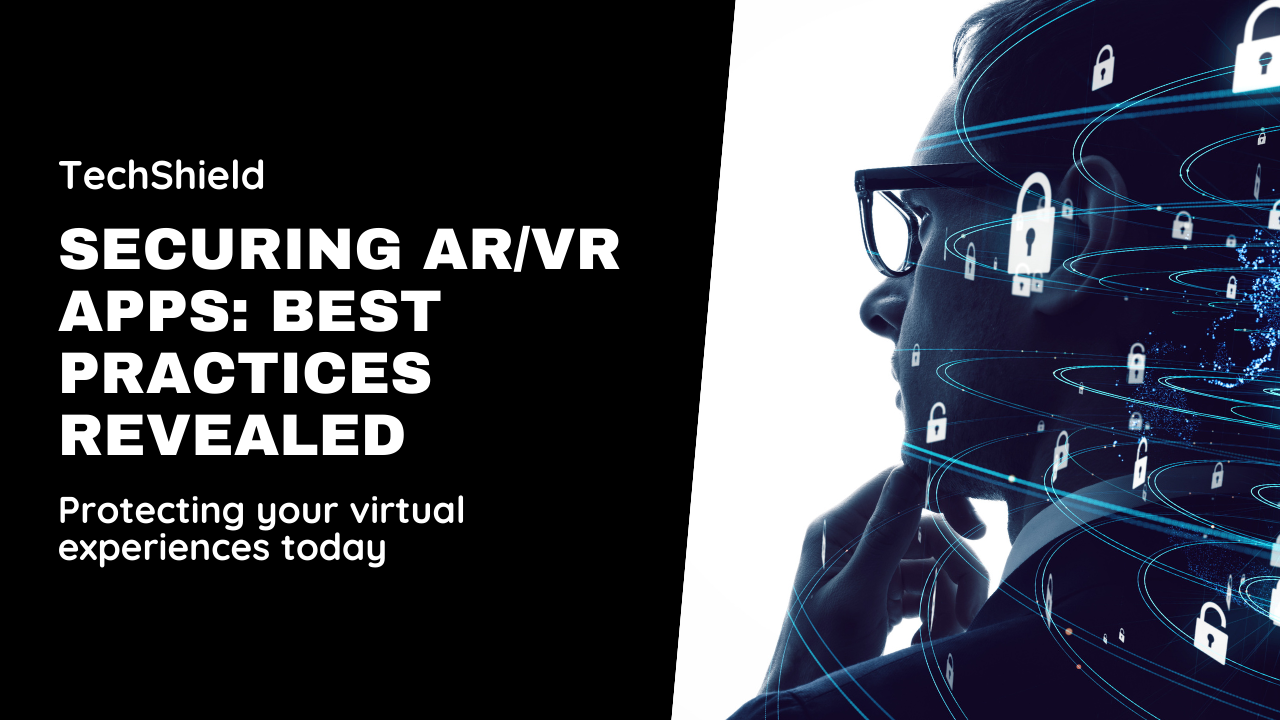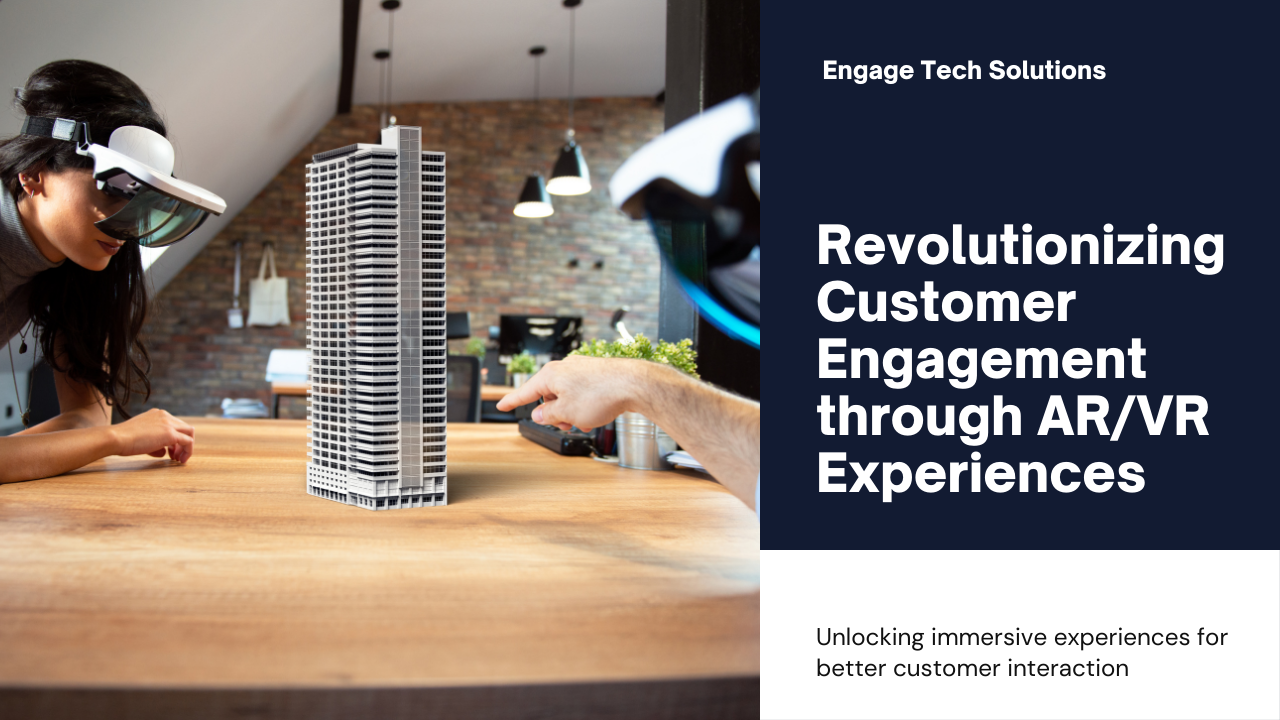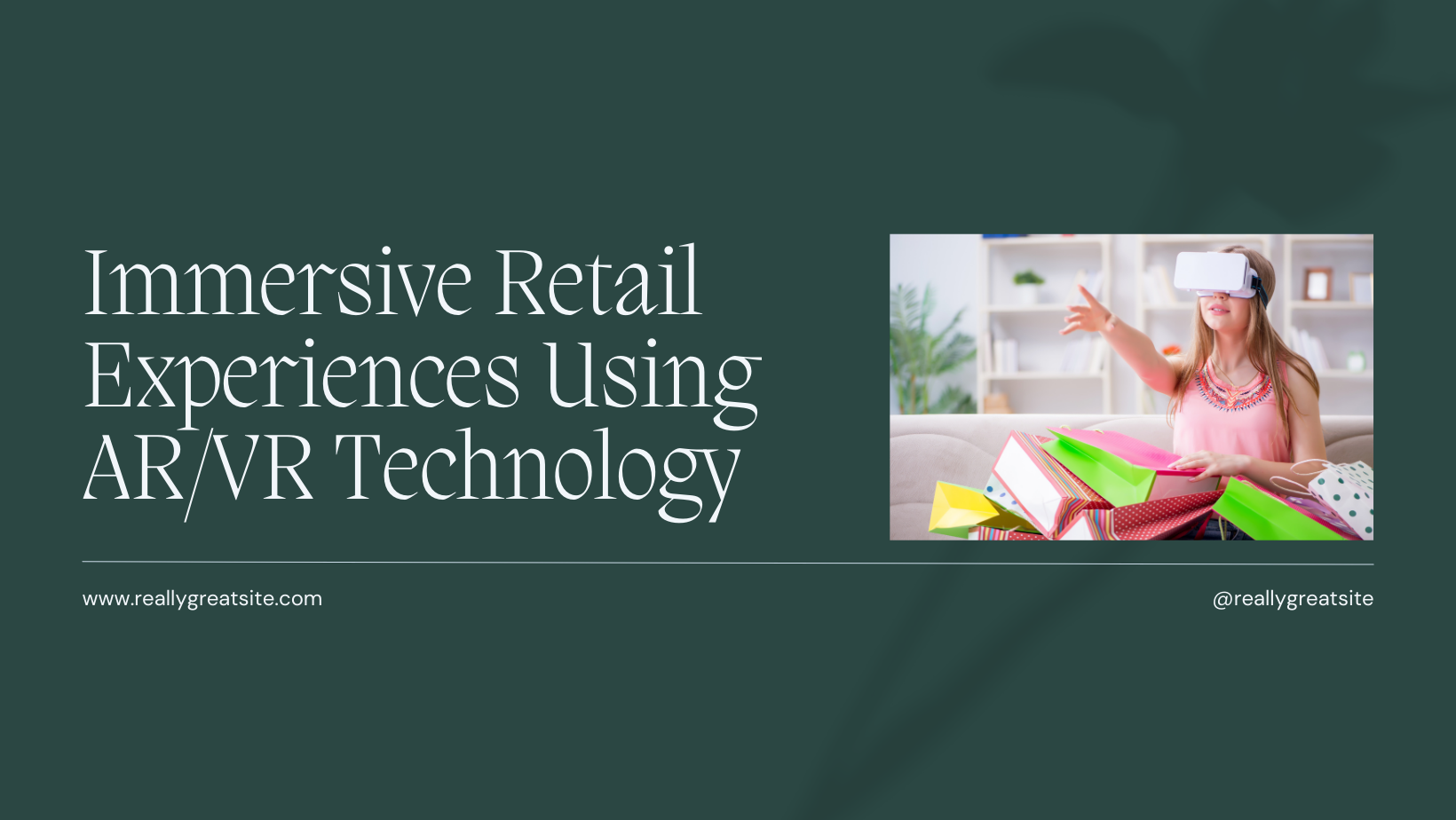Augmented Reality (AR) and Virtual Reality (VR) have revolutionized user experiences across industries, from gaming and education to healthcare and enterprise solutions. However, along with their transformative potential comes the critical need for robust security measures. This blog explores key strategies and best practices to ensure the security of AR/VR applications.
Understanding Security Challenges in AR/VR Applications
AR/VR applications present unique security challenges due to their immersive nature and connectivity requirements. Common security threats include:
- Data Privacy Concerns: Personal data collected through AR/VR devices and applications must be securely stored and processed to comply with data protection regulations like GDPR and CCPA.
- Cyber Attacks: Vulnerabilities such as malware, phishing attacks, and ransomware can exploit weaknesses in AR/VR software, compromising user data and device integrity.
- Content Security: Ensuring that AR/VR content is authenticated and free from unauthorized modifications is crucial to prevent misinformation and user manipulation.
Best Practices for Securing AR/VR Applications
Implementing robust security practices can mitigate risks and enhance user trust in AR/VR platforms. Here are essential strategies:
- Secure Data Transmission: Encrypt data transmissions between AR/VR devices and servers using strong encryption protocols (e.g., TLS/SSL) to prevent interception by unauthorized parties.
- Authentication and Authorization: Implement multi-factor authentication (MFA) and role-based access control (RBAC) to verify user identities and restrict access to sensitive features and data.
- Regular Security Audits: Conduct periodic security audits and vulnerability assessments to identify and mitigate potential security weaknesses in AR/VR applications and infrastructure.
- Update and Patch Management: Promptly apply security patches and updates to AR/VR software and devices to address newly discovered vulnerabilities and ensure protection against known exploits.
- User Education: Educate AR/VR application users about security best practices, such as recognizing phishing attempts and securing their devices with strong passwords and biometric authentication.
- Secure Development Lifecycle (SDLC): Integrate security into every phase of the AR/VR application development lifecycle, from design and coding to testing and deployment, to proactively address security risks.
Technologies for Securing AR/VR Applications
Several advanced technologies can enhance the security posture of AR/VR applications:
- Blockchain: Implement blockchain technology for secure and transparent transaction recording, ensuring data integrity and preventing unauthorized modifications in AR/VR content distribution.
- AI-Powered Threat Detection: Use AI-driven anomaly detection and behavioral analytics to identify suspicious activities and potential security breaches in real-time within AR/VR environments.
- Biometric Authentication: Integrate biometric authentication mechanisms, such as facial recognition and fingerprint scanning, to enhance user authentication security in AR/VR applications.
- Secure Hardware: Partner with hardware manufacturers that prioritize security features, such as secure boot processes and hardware-based encryption, to protect AR/VR device integrity.
Conclusion
Securing AR/VR applications is essential to safeguard user data, maintain trust, and ensure compliance with regulatory requirements. By implementing robust security practices, leveraging advanced technologies, and educating users, organizations can mitigate security risks and foster a secure AR/VR ecosystem.
Call to Action
Are you developing AR/VR applications and need expert guidance on securing your platform? Contact Sodio Technologies today to explore our comprehensive security solutions tailored for AR/VR environments.
References
Include authoritative sources and links to relevant security guidelines, standards, and case studies to support the blog’s content and enhance its credibility.







